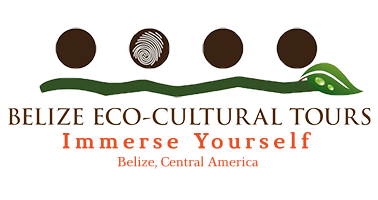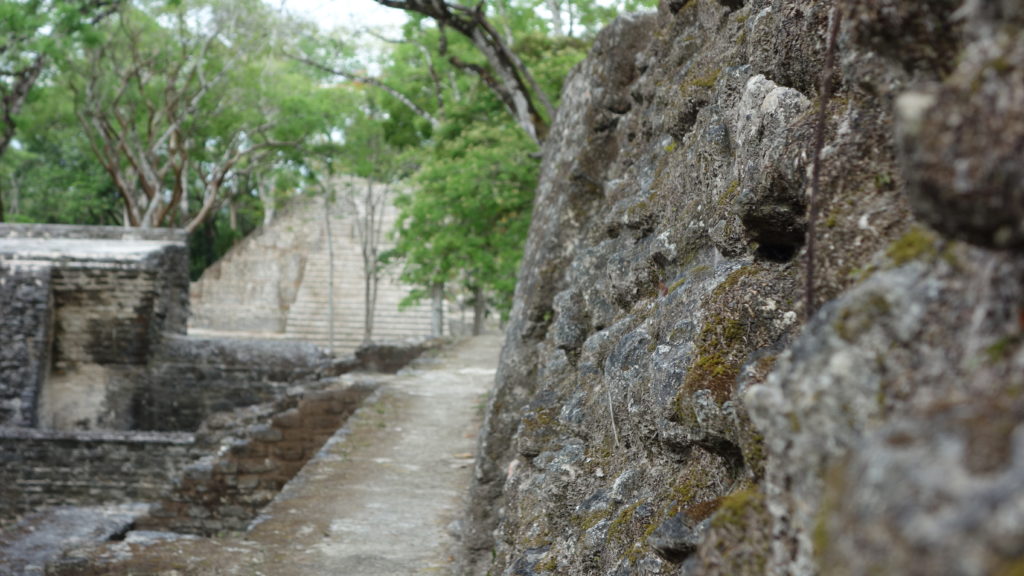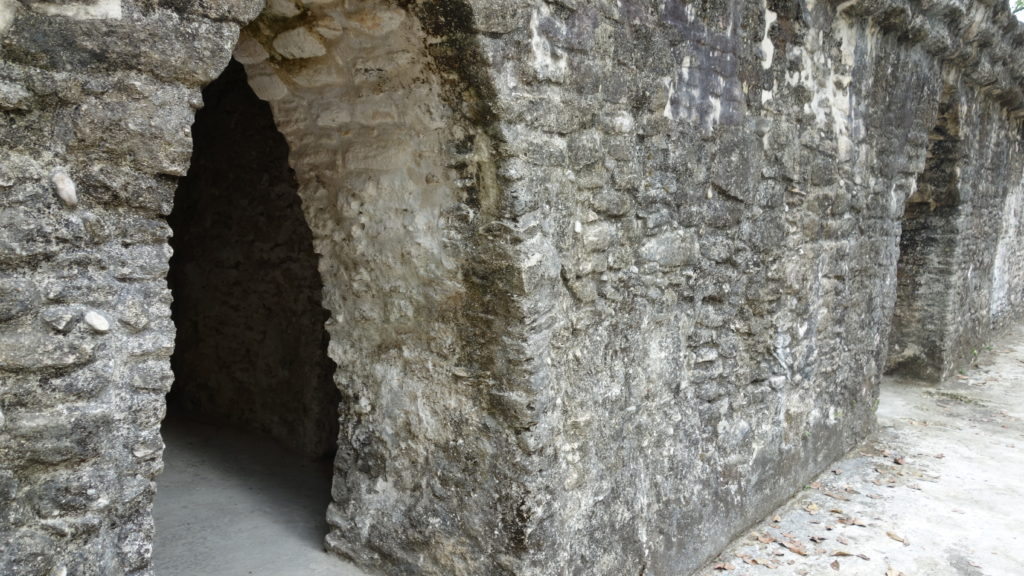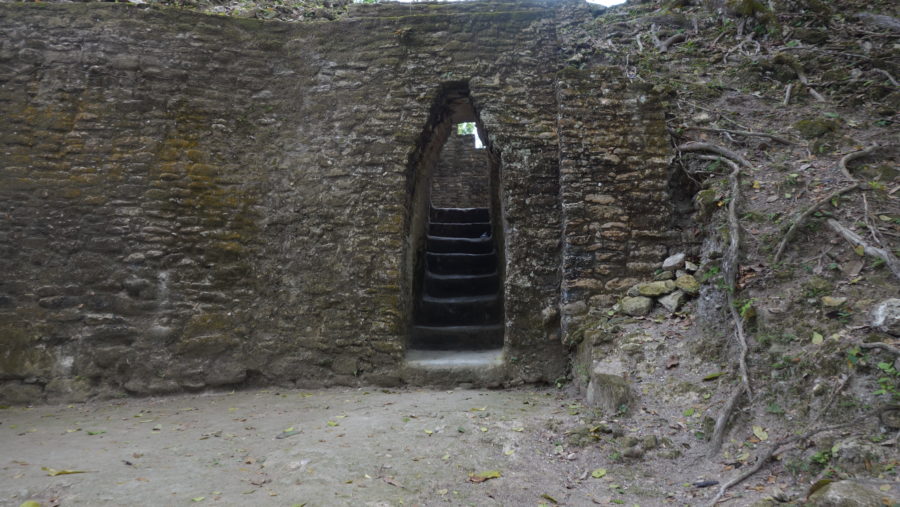
Cahal Pech, a quick overview
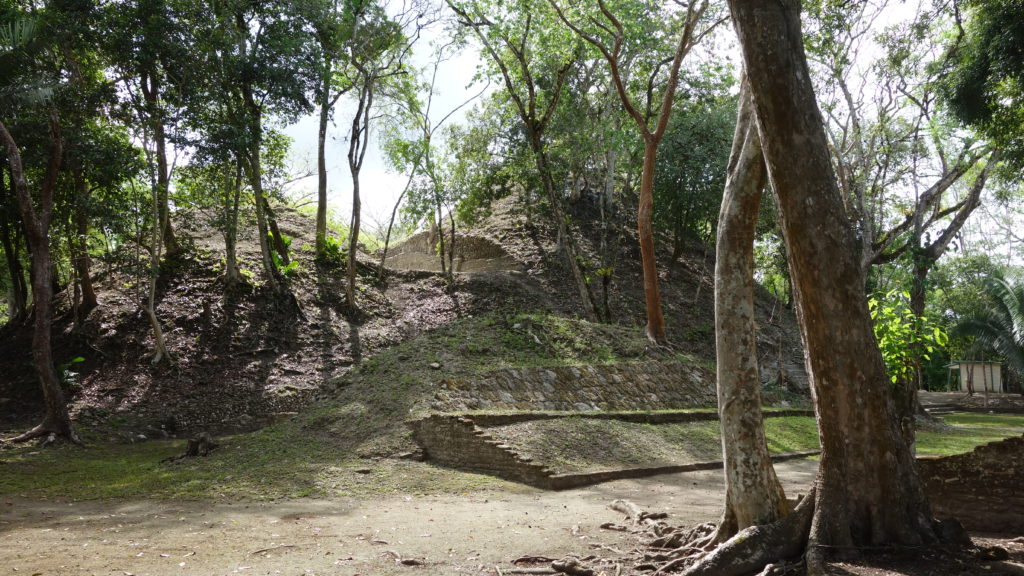
On a ridge inside the town of San Ignacio there is a small ancient Maya space known as Cahal Pech. Its physical space may seem small to the visitor today but its political and social reaches may have been all throughout the downtown and the heart of San Ignacio Town.
Excavations at this site started in the early 1950’s and consistently from them all the way to today. Each summer the Belize Valley Archaeological Reconnaissance (BVAR) still comes in to do the very important research at the site. Satterwaite, Gordon Wiley, Joseph Ball, James Garber, and Jaime Awe are names of archaeologists and specialists who have done research at the site.
We have found out a few important things about this site from these professionals. Lets offer up some below:
- Dr. Satterwaites investigations yielded monuments that he shipped off to Pennsylvania and they still have them (at the time Belize did not have the laws on antiquities that it has now). Yes, we would appreciate those repatriated back to us as soon as possible.
- Some Universities that have done research at the site are, the University of Pennsylvania, SUNY Albany, the University of San Diego, the University of Texas, the University of Montana.
- The buildings showing at the site today date to the apex of the Maya civilisations classic period: between AD700 – AD750.
- There is a small temple at the site that told a lot of stories about the site. Archaeologists dug through the floor and were blown away as its original building phase was 30 feet deep. It had 13 construction phases. Its a late preclassic building (200BC – 100BC)
- This little site was one of the very earliest cities organised in the country of Belize. Archaeologists suggest that its inception was close to 1200BC. So, its safe to say that this is now of the earliest sites with organised human occupation.
- Superimposition is rampant at this site. To “make more space” within their cities, the Maya would break the roofs and rooms of a building down and build on top of them a second and third and even more construction phases above an original building.
- In the central building in the B plaza (which is a true E-Group, or astronomical, inline triadic building design) a burial was found just a few years ago of a king and archaeologists suggest that his original name was found on a deer horn ring found within this burial. His name was Kawil Ka’an Chan Balam.
- The burial of greta Maya kings were always laden with caches of funerary gifts, perhaps to help the dead “pay” his way through the underworld before he enters the realm of the sky. In this one there was jade jewelry, with the corn god relief on it; a fragment of a turtle shell; eight pots and absolutely precious because only three of its kind have ever been found before, an ink pot. It contained the pigment colours red, yellow, black and blue.
- The most ceramic figurines in any ancient Maya state were found here.
The ancient Maya were a culture group that has set the ancient American world on fire with amazing developments in the past. Among them, mathematics, art, astronomical knowledge, monumental architecture, a cosmo vision, writing, architecture and engineering developments.
The city of Cahal Pech survived perhaps closer to the end of the classic period (800AD) but its history has added to the great Maya story. One of kings and peasants; of political, social and cultural development of a people who, after all, were not taken away in spaceships but whose descendants are still found throughout the Mesoamerican landscape.
Let us take you there.
